The Traditional Arts of Aomori Prefecture, Japan
Aomori is the northernmost prefecture of Japan’s Tohoku region. It is bordered by the ocean on the east, west, and north. On Aomori’s western coast is Shichiri-naga-hama, a beach that spans over 28 kilometers. From its sands, the colorful Tsugaru Vidro glassware was born.
Aomori prefecture is no stranger to harsh winters and deep snows. It is home to the UNESCO World Heritage site Shirakami-Sanchi, a protected wilderness area abundant in natural forests and mountain ranges.
Aomori’s prosperous agricultural and fishing industries supply the nation with apples, rice, and many other foods. Because regions that produce good rice also produce good sake, Aomori, as a major rice farming prefecture, also has many Sake breweries. In addition, Aomori is known for their iconic “Aomori Nebuta” summer festival that showcases giant paper lanterns inspired by traditional Shinto mythology.
The History of Tsugaru Vidro Glassware
In the midst of Aomori’s bountiful nature, Tsugaru Vidro was created. The Hokuyo Glass used for Tsugaru Vidro glassware is hand blown in heritage workshops with decades of history. It was originally used for glass fishing floats, but as plastic floats became mainstream, Hokuyo glass artisans began to use the same glass-blowing techniques to make vases and other glassware.
Even though Tsugaru Vidro glassware is famous for being available in over 100 different colors, these colors originated through mere serendipity. A single glass craftsman, taking a lone walk in Shichiri-naga-hama, was struck with inspiration and put a fistful of beach sand into his raw materials for glassmaking. Amazingly, the sands of Shichiri-naga-hama, bestowed upon the transparent glass a deep and beautiful green colour. These colours, born of fortuity, mix and mingle on Hokuyo glass canvases to form expressive pieces that dance and flow like the colours of changing seasons.
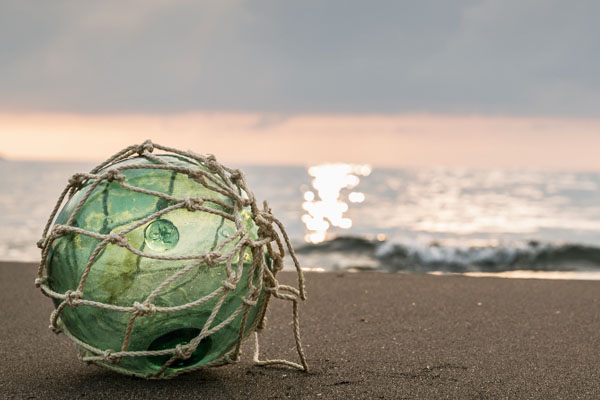
To receive the prestigious designation of Aomori Traditional Arts Craftsman, aspiring glass craftsmen must not only study high level color blending techniques, but also engage in ongoing development and innovation of new glassmaking technologies.
The Warm Passion of Aomori’s Glass Craftsmen
Every single piece of Tsugaru Vidro glassware is made delicately by hand. Glass workshops are hot and humid, and the crucibles that hold molten glass can reach temperatures of over 1,500 ºC degrees. In this sweltering environment, master craftsmen breathe life into glassware through their blowing irons. Their masterpieces, characterised with the gentle curves and colours unique to handmade glass, have captivated and delighted patrons for decades. To the craftsmen, Tsugaru Vidro is the most majestic fruit of their labour– a very piece of the warm passion that drives them.
The gentle, unembellished colours of Tsugaru Vidro glass adds a touch of finesse to any table. Tsugaro Vidro draws inspiration from the colours of Japan’s four seasons, and the colours of Aomori’s prefectural flora and festivities. Each glass is a craftsman’s story– a portrait of seasons that will highlight a meal or a relaxing evening.
Ways to Enjoy Tsugaru Vidro
Although we introduced Tsugaru Vidro as glassware that compliments Japanese sake, there are many other creative ways to use it. For example, small sake cups can be used as serving dishes for appetizers, such as nuts or pickles. Larger sake tumblers can hold juice, soft drinks, or other liquors.
Tsugaru Vidro can add colour to your everyday life, or be the star of your table for special occasions. This glassware built upon a concept like no other: each piece is a budding connection between craftsman and patron, waiting to bloom in a passionate splash of colour. It makes a great gift for someone special, or for yourself.
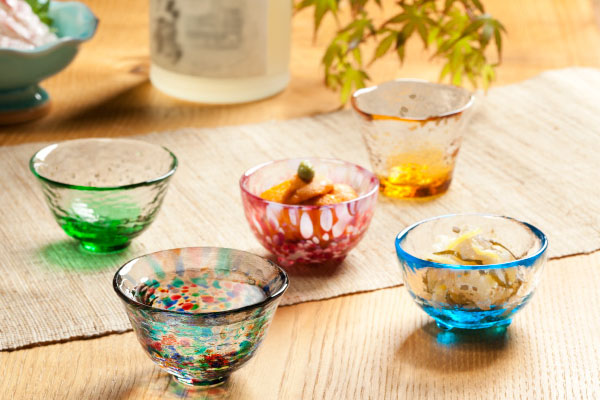
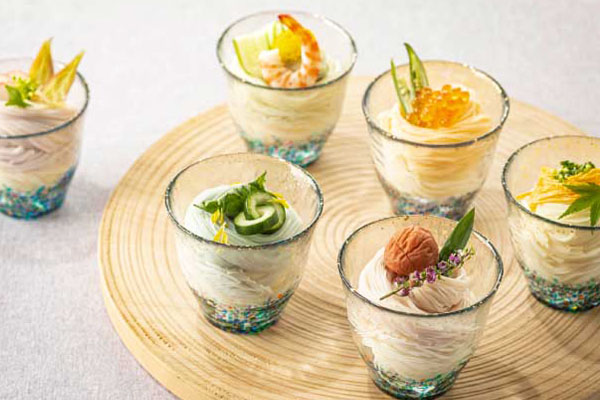
To inquire about or purchase Tsugaru Vidro, please visit the Café de Axis online shop.
* Because Tsugaru Vidro is handmade glassware, please wash it by hand gently. Do not put it in a dishwasher or dish dryer.
SAKE CUP - OCHOKO
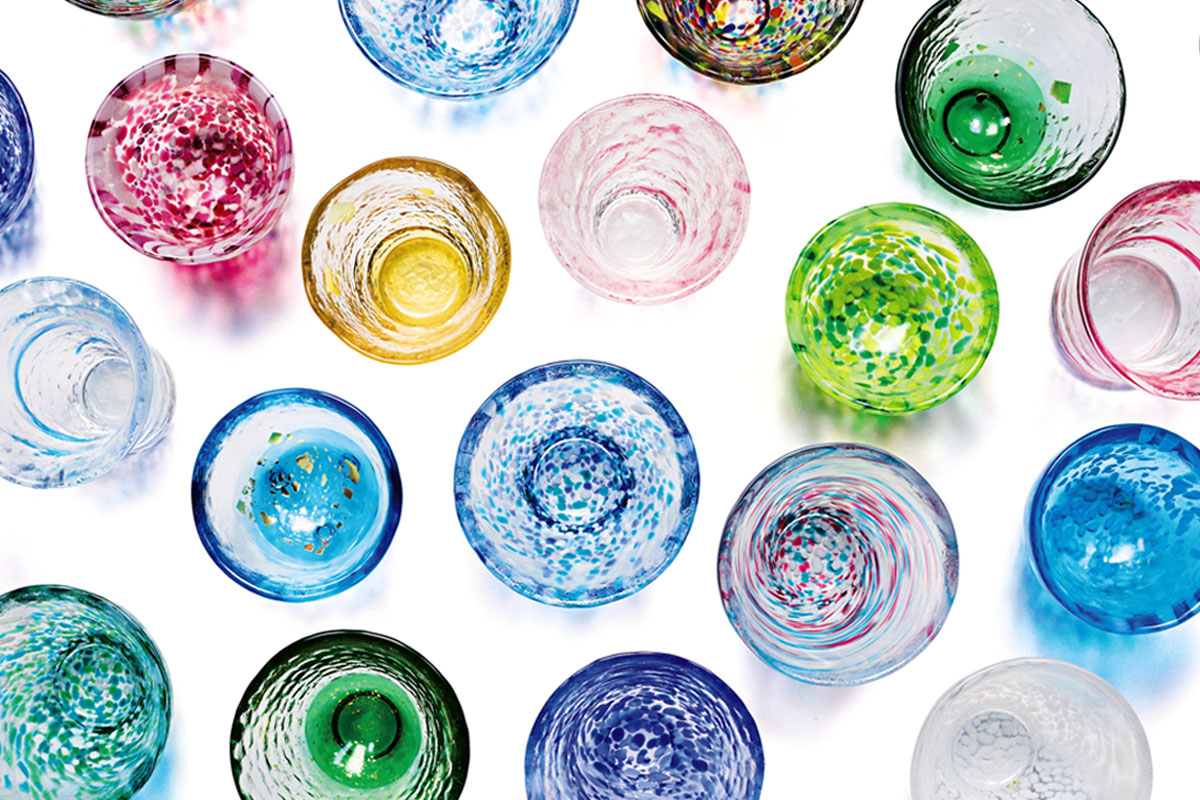
ochoko
What comes to mind when you hear the words “sake cup”?
If you imagine a petite, round-shaped ceramic cup that holds just enough sake to finish in one gulp, it is called an “ochoko” in Japanese.
There are several theories surrounding the origin of its small size; some say it is designed to help people savor high-quality sake one tiny serving at a time, while others believe it is small simply because sake has a high alcohol percentage. Ochoko come in unique designs and are popular among collectors. They can also be used as small dishes for food and snacks.
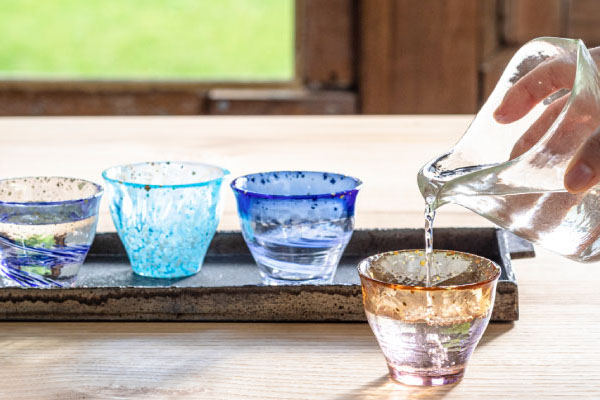
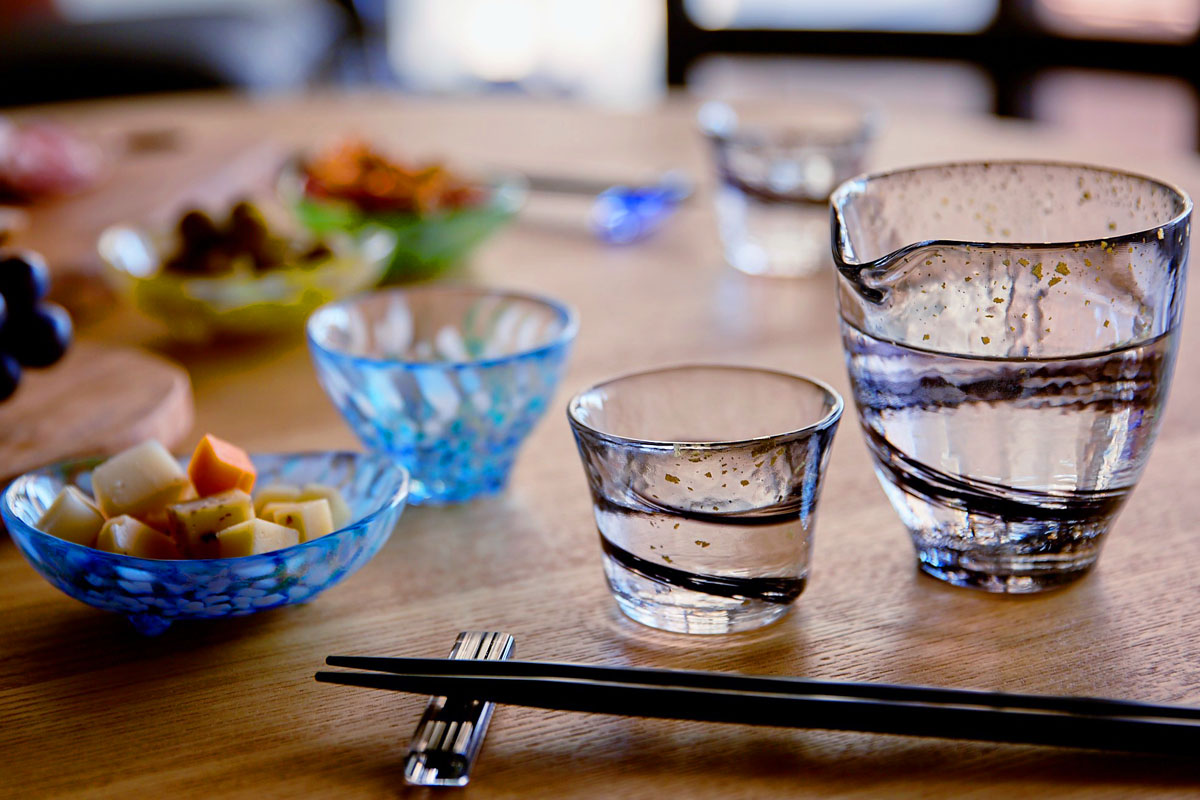
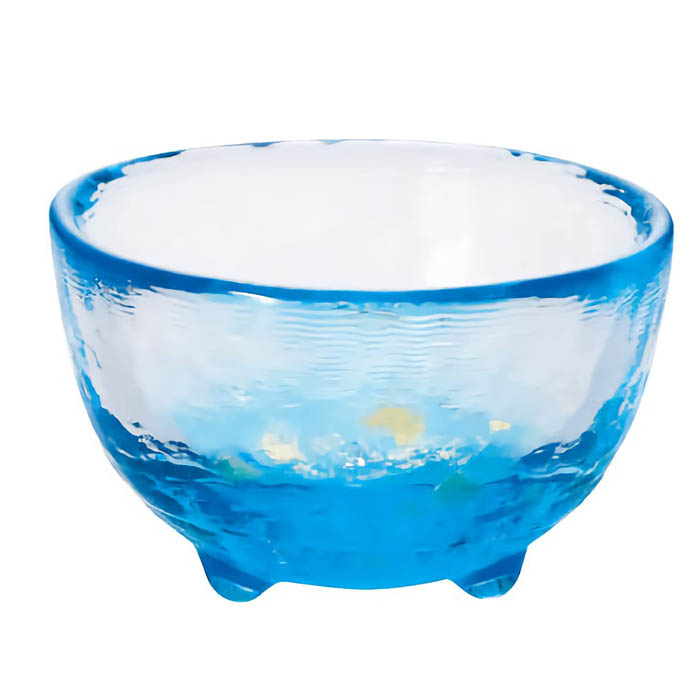
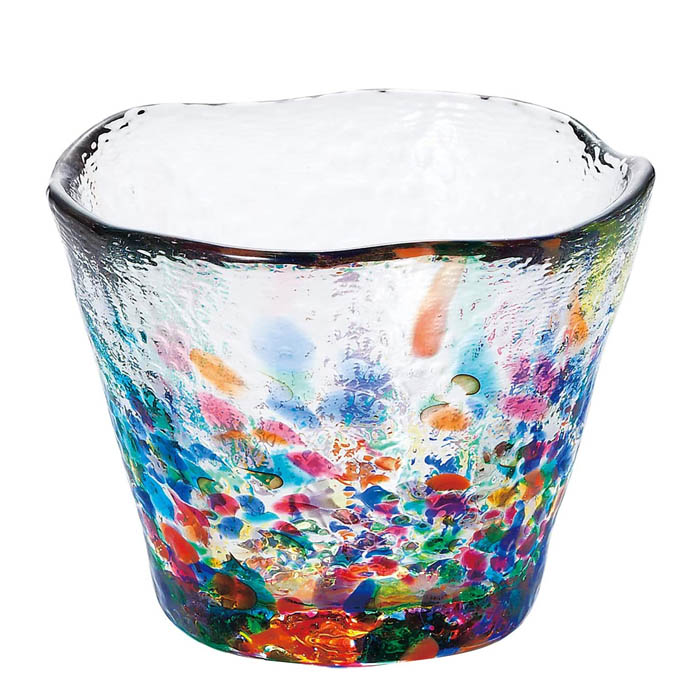

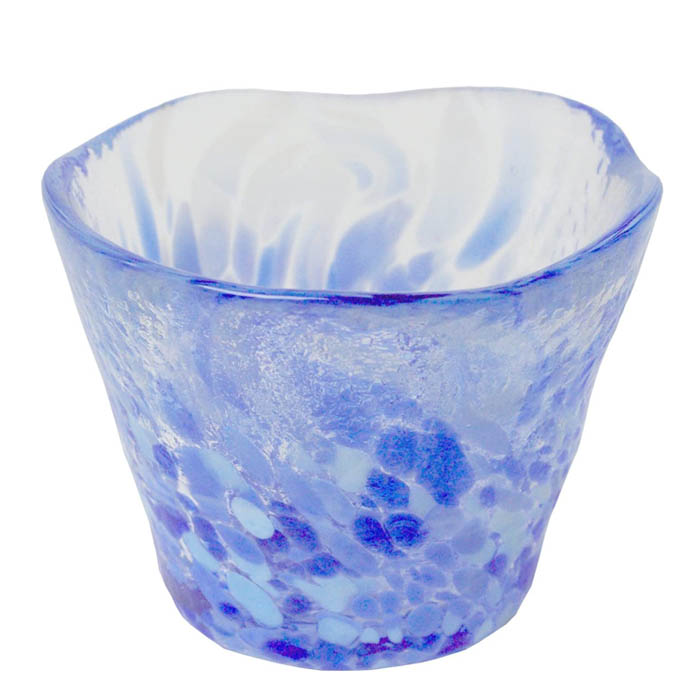
katakuchi - sake decanter
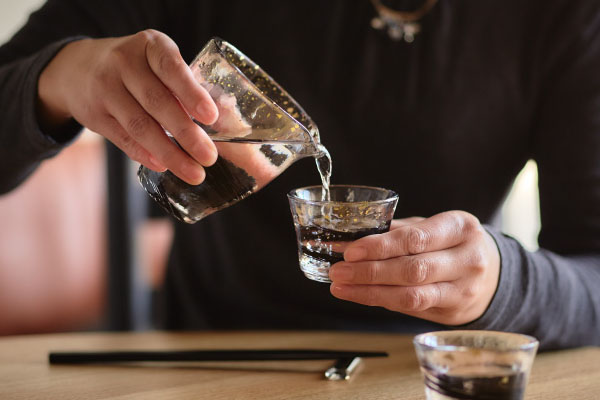
Katakuchi Sake Decanter
A “katakuchi” is a sake vessel characterized by its cute “bird beak” spout that makes it easy to pour sake into small cups. Having been discovered in the stone age, it is one of the oldest types of traditional Japanese earthenware. In addition to being a sake vessel, it can also be used as a flower vase or a cup for sauces and salad dressings.

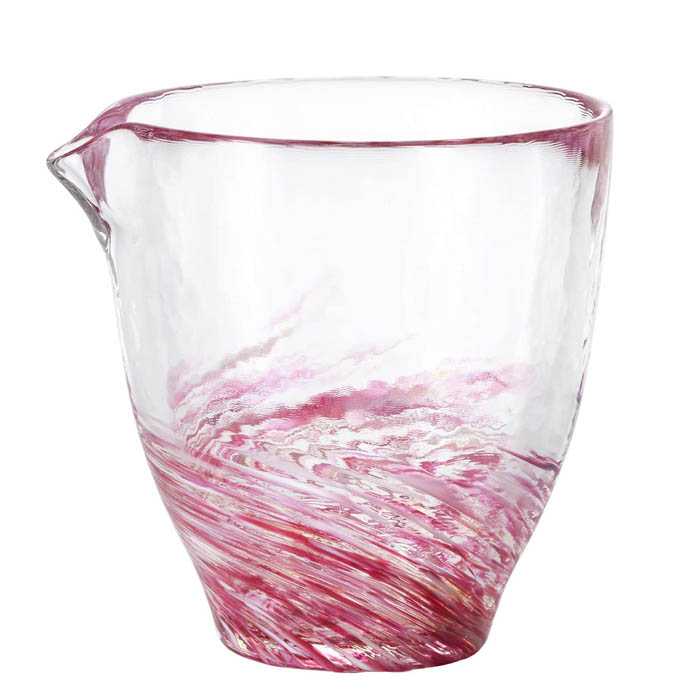
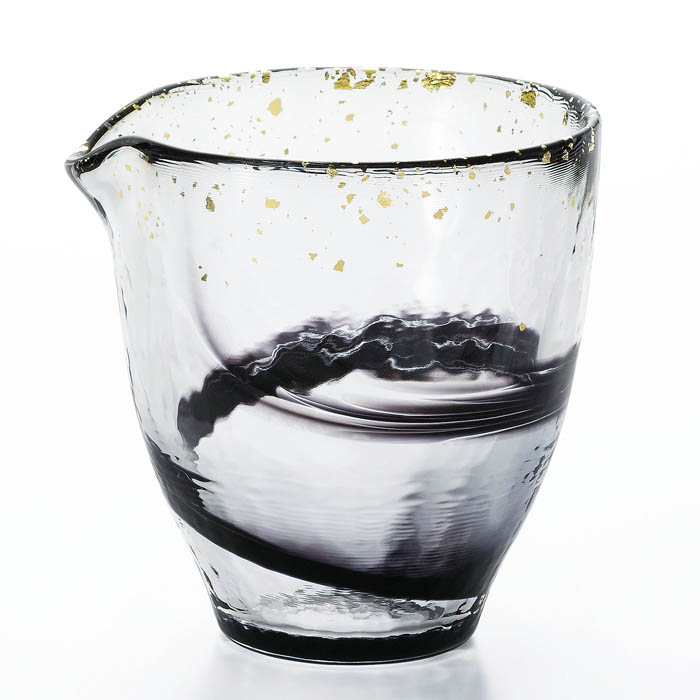
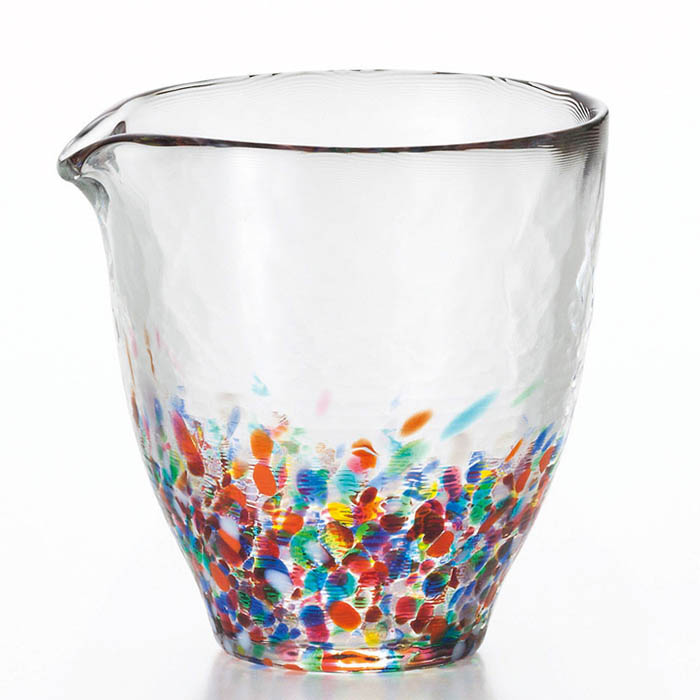
TOKKURI - SAKE BOTTLE
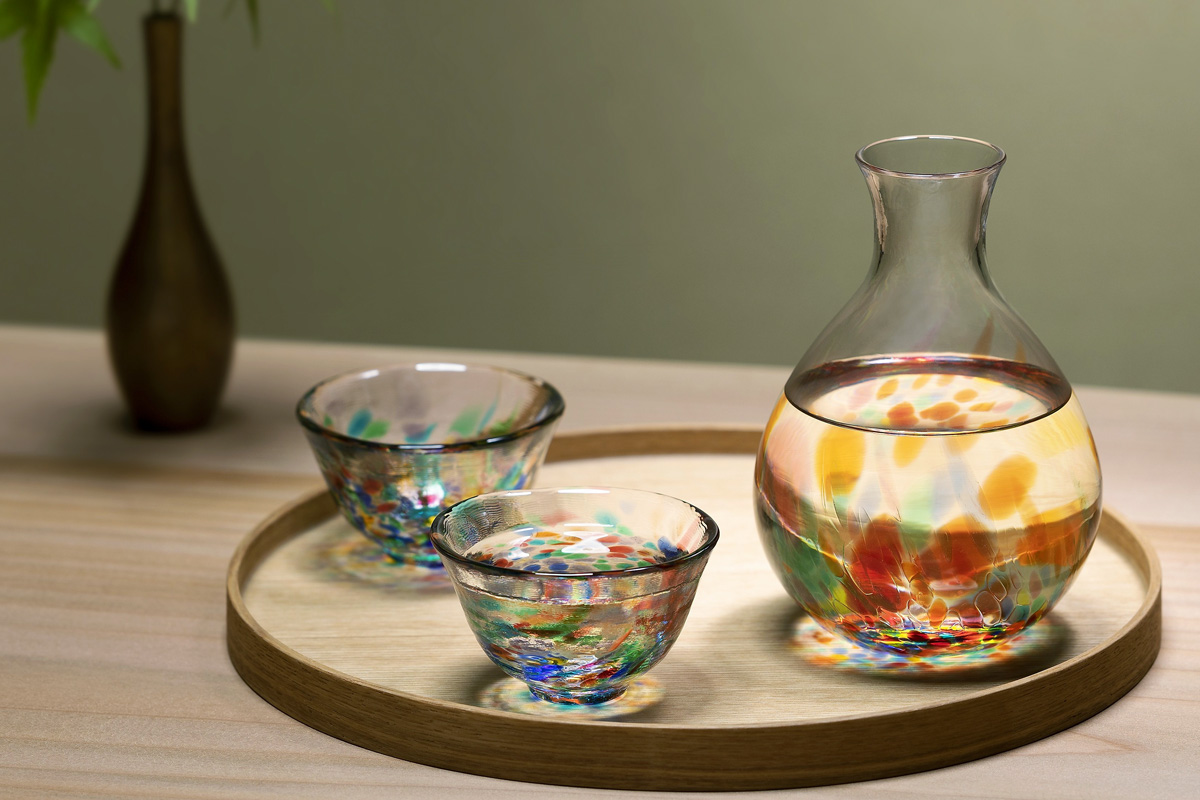
Sake Tokkuri Bottle
A “tokkuri” is a flask-like sake vessel with a wide body and narrow neck. It was originally designed for serving hot sake, since the neck’s shape prevents heat from dissipating. When pouring sake into a cup using a tokkuri, hold it with both hands and pour gently. The rims of tokkuri are designed for easy pouring into small sake cups.
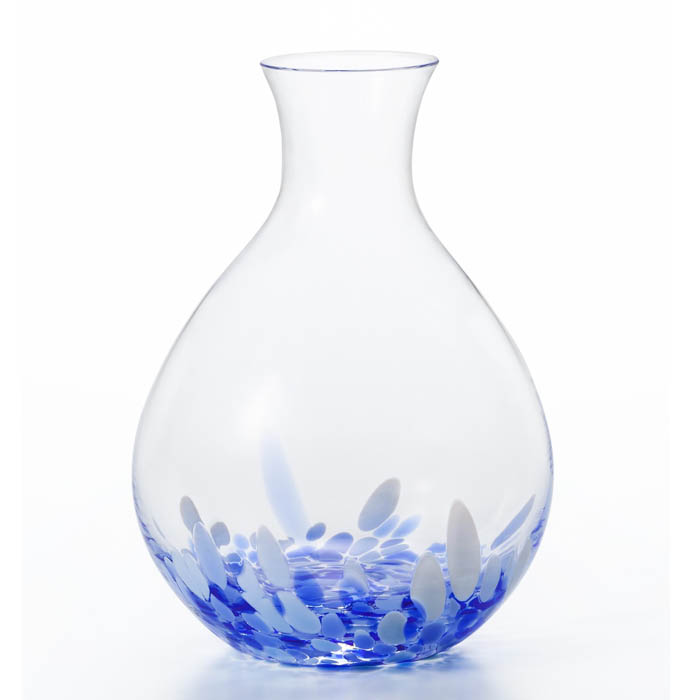
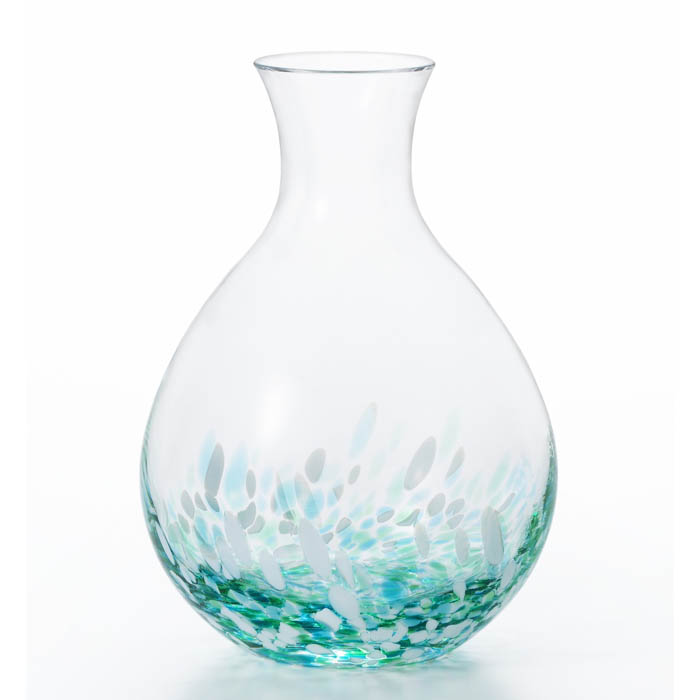
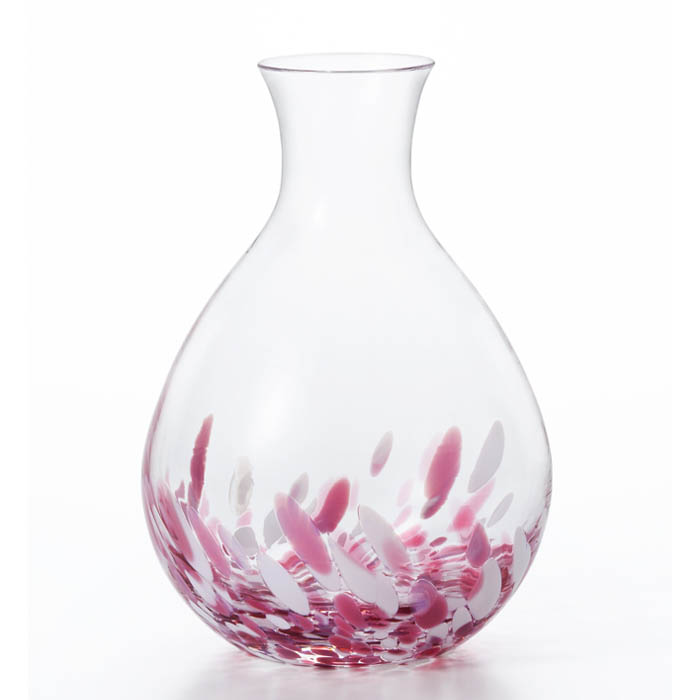
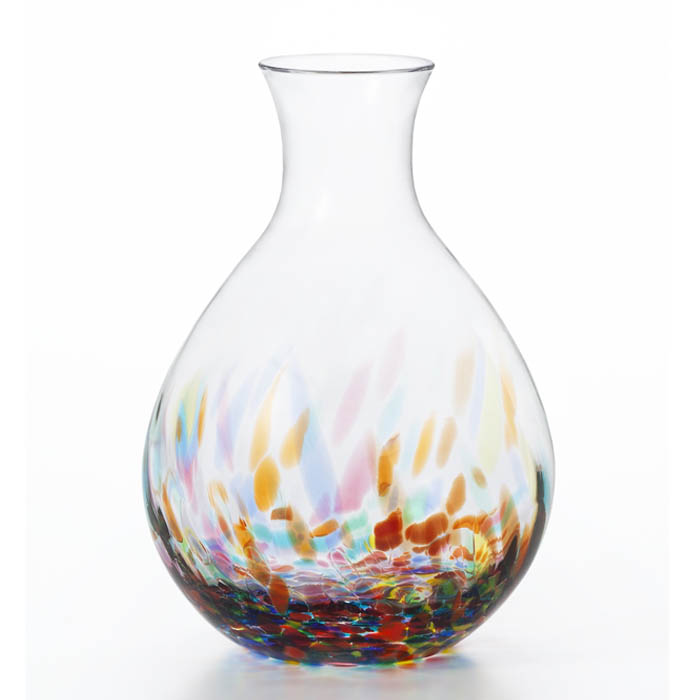

OTHER SAKE GOODS
GOODS
GOODS

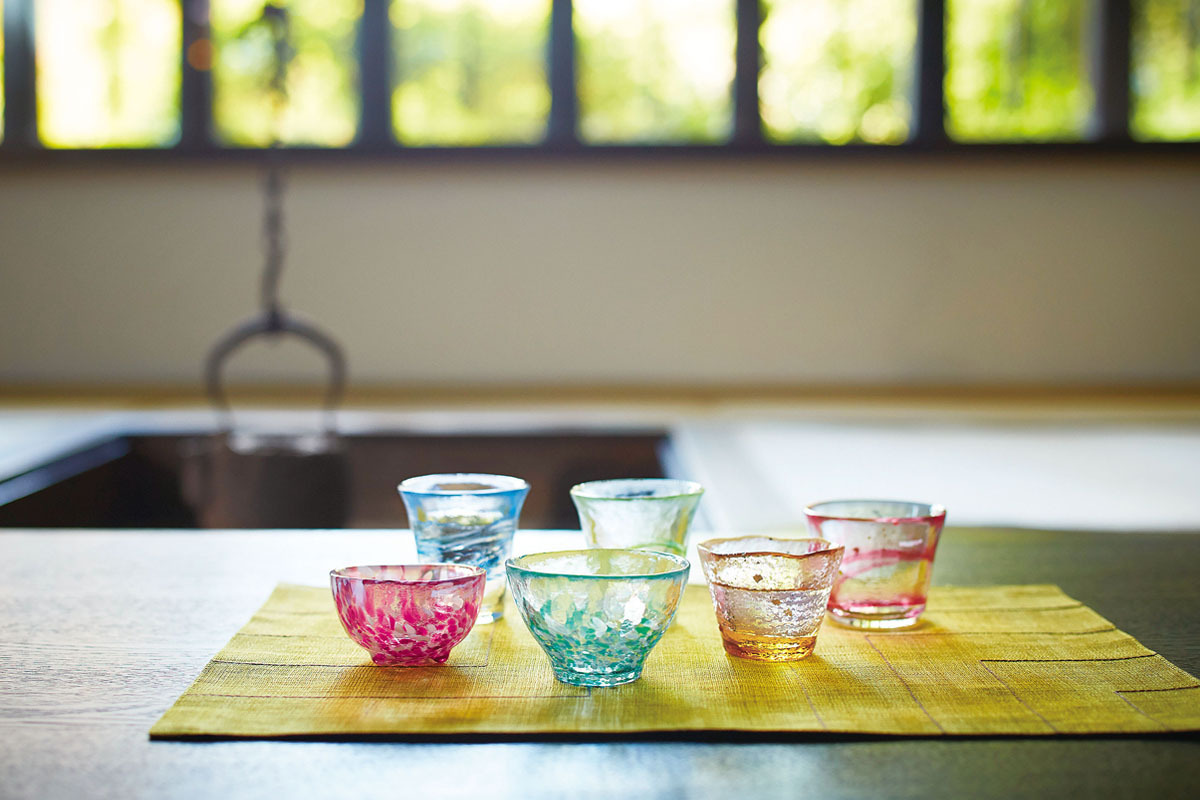

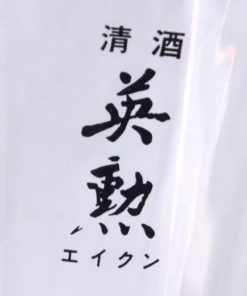
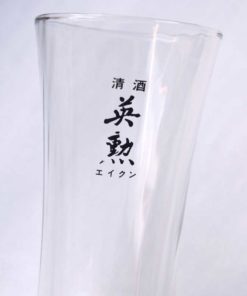
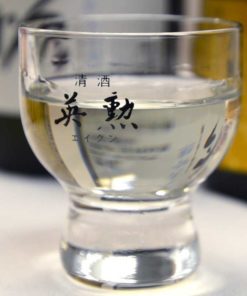
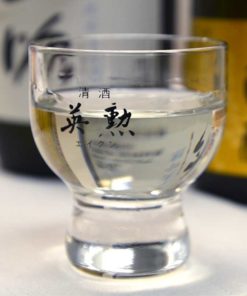
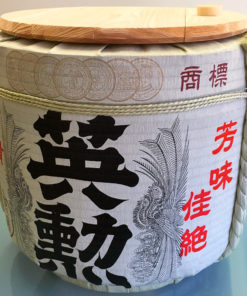
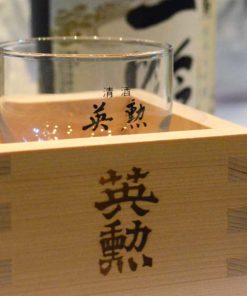
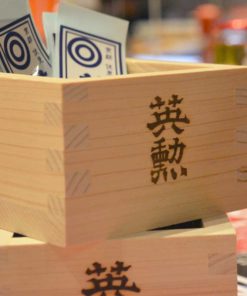
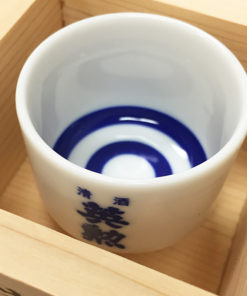
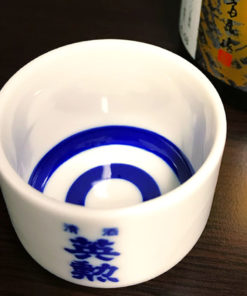

RECOMMENDED ARTICLES
SAKE & FOOD PAIRING
Pairing SAKE with Chocolate?
Information Pick Up SAKE
CHOYA’s Gold Edition Umeshu has Finally Arrived in Canada!
SAKE & RESTAURANT
Guu Davie
Sake article kanpai!
Sake Fest Vancouver 2017